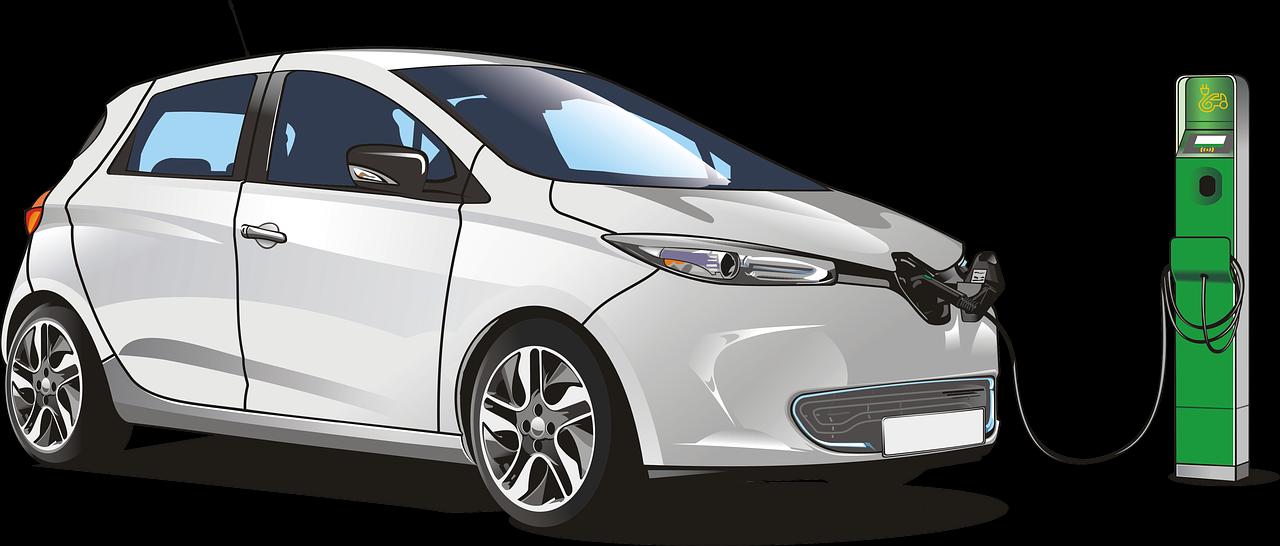


Sales of electric vehicles are continuing to soar following record sales in 2021. Analysts are predicting that EVs could achieve 33% of the global vehicle market by 2028 and over 50% by 2035.
Battery-powered vehicles account for more than 10% of new cars sold in Europe and around 20% in China. The United States is also seeing record EV sales, with 5% of new vehicles powered only by electricity.
All this is good news for the environment and the fight against global warming. Petrol vehicles currently account for 25% of total CO2 emissions in the world, making them the second largest carbon emitters.
Making transport more sustainable will be essential to achieving six of the 17 Sustainable Development Goals (SDGs) defined by the United Nations in its blueprint for building a better world by 2030.
EVs are clean at the point of use and are also several times more efficient at converting energy into propulsion than gasoline or diesel combustion engines. IEC Standards and conformity assessment are essential in enabling them to be safe and performance-driven, as well as energy efficient.
Several IEC technical committees have developed the foundation for the integration of transportation within energy systems. IEC TC 57 publishes the IEC 61850 standards, a foundational series of publications that pave the way for the use of a variety of digital technologies relating to smart energy.
They deal with issues such as the integration of renewable energies and EVs within the electrical network. The standards developed in the IEC 62196 series, specify the requirements for plugs, socket-outlets, vehicle connectors, vehicle inlets to interface between the EV and the EV charging system.
A new edition of the first part of IEC 62196 has now been published. IEC 62196-1, Plugs, socket-outlets, vehicle connectors and vehicle inlets – Conductive charging of electric vehicles – Part 1: General requirements, describes the interface between the electric vehicle and the charging station and defines the requirements and test methods for the accessories used.
The concept of medium-range wireless power transfer (WPT), achieved using near-field electromagnetic coupling, has existed since the pioneering work of Nikola Tesla more than a century ago.
In a wireless power transmission system, a transmitter device, driven by electricity from a power source, generates a time-varying electromagnetic field that transmits power across space to a receiver device. This extracts power from the field and supplies it to an electrical load.
For medium-range applications, such as EV charging, inductive WPT systems have generally been preferred. They use magnetic field coupling between conducting coils embedded in the roadway and the vehicle.
IEC TC 69 publishes several standards including IEC 61980-1, which specifies the general requirements for EV WPT systems.
IECEE (IEC System of Conformity Assessment Schemes for Electrotechnical Equipment and Components) has also launched a specific programme for EVs through its registered certification body testing laboratories (CBTLs) and national certification bodies (NCBs). They can test and certify charging systems and stations and plugs against IEC Standards.
(Source: IEC)